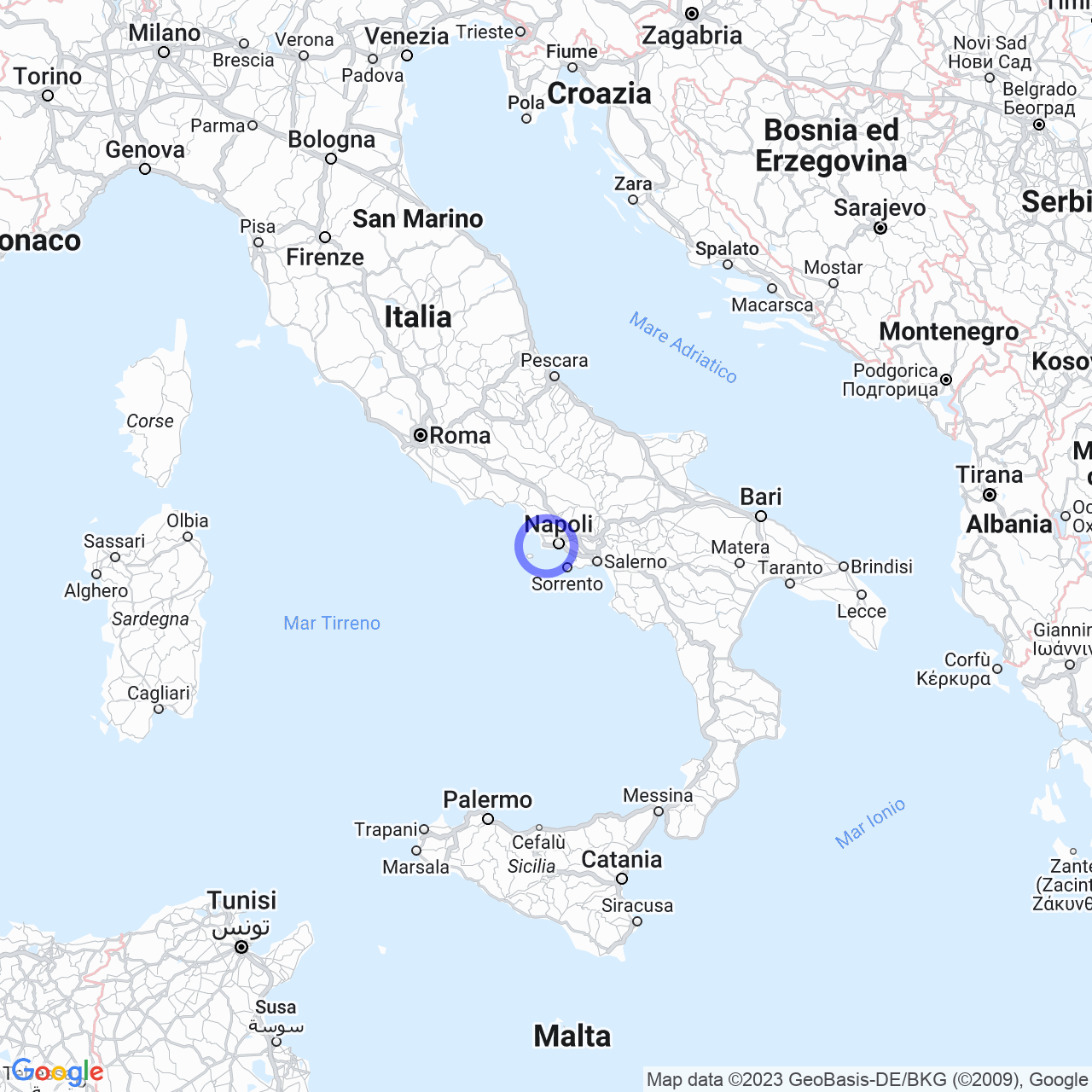Castagnaro
Castagnaro, the Venetian village immersed in history
Castagnaro, also known as Castagnàr or Castagnàro in the Venetian language, is a small town located in the province of Verona, about 52 kilometers from the capital city. With its 3,630 inhabitants, Castagnaro stands out for its extreme southern location in the province of Verona, on the border with the province of Rovigo.
Physical geography
As the name suggests, Castagnaro was once famous for the presence of numerous chestnut trees, but today these plants are practically extinct. However, some specimens have been recently replanted in the school garden for commemorative purposes. The town also has a small hamlet called Menà Vallestrema. One thing that makes Castagnaro easy to reach is its railway station on the Verona-Rovigo secondary line, where all passenger trains in transit stop.

History
Castagnaro was a fiefdom of many Veronese families, including the Dal Verme, Donato, Fracanzani, Rangoni, Sacrati, Trotti, Barbarigo, Fiocco and Grechi. One of the most important historical moments of the town is the famous Battle of Castagnaro in 1387, in which the forces of Giovanni Ordelaffi and Ostasio II da Polenta were defeated by those of Giovanni Acuto and Francesco Novello da Carrara, who were fighting for Padua.
Monuments and places of interest
Castagnaro boasts several places of interest including:
Religious architecture
- Chiesa di Castagnaro, completed in March 1844 and built above an 11th century building;
- Chiesetta di Santa Anna a Menà, a building dating back to the 16th century, built by the Benedictine monks of Ferrara;
- I Sette Capitei, seven votive shrines built in different parts of the town, including San Biagio, Santa Liberata, Maria Ausiliatrice, San Nicola and Sant'Antonio.
Civil architecture
- Corti rurali;
- Villa Grechi;
- Il Casin;
- Ponte della Rosta;
- Villa Bianchini.
Society
On the social front, Castagnaro presents a positive demographic evolution.
Economy
Castagnaro is primarily an agricultural town.
Infrastructure and transport
As for infrastructure and transport, the town is crossed by the Verona-Rovigo Railway and is served by the Castagnaro Station.
Administration
Castagnaro adheres to the pact of mayors initiative.
Conclusions
Castagnaro represents a happy discovery for those who want to immerse themselves in Veneto's history and enjoy the architectural, landscape, and agricultural excellence present here. The beauty of the town and the hospitality of its people make it an ideal place to spend a pleasant day in the midst of nature and history.
